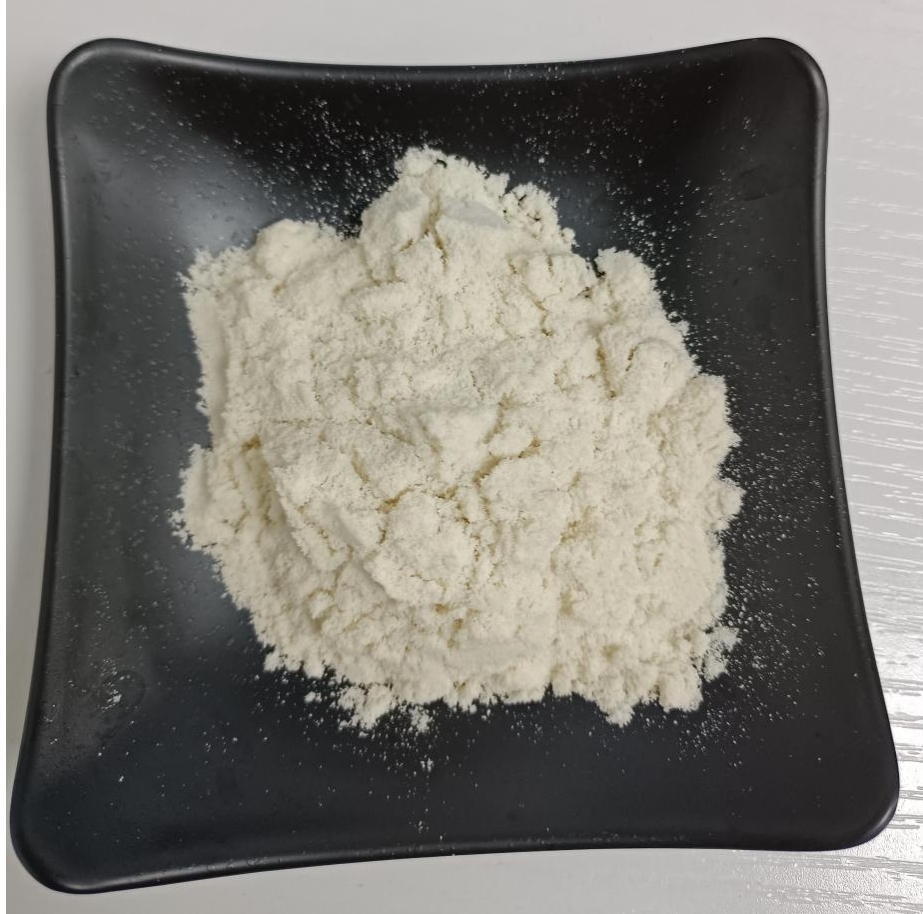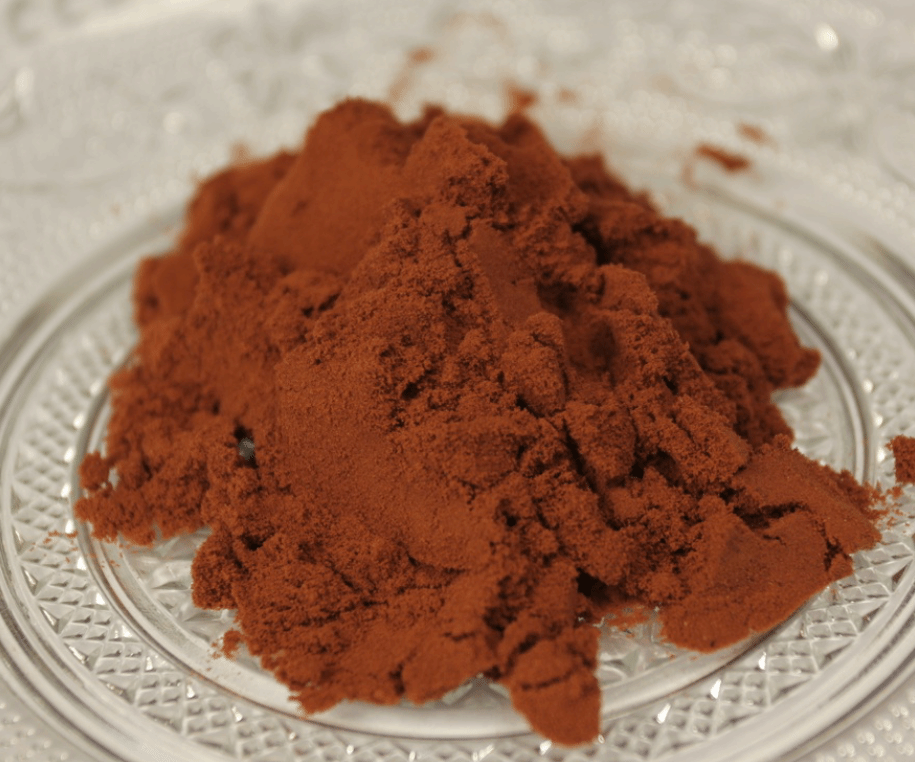Whey Protein: The Essential Nutrient for Fueling Your Active Lifestyle

"Understanding the Different Key Characteristics of Whey Protein":
1.High Nutritional Value: Contains all nine essential amino acids required by the human body, with an amino acid profile closely matching the body's needs.
2.Easy Digestion & Absorption: Rapidly digested and absorbed, making it an ideal protein source for post-workout recovery.
3.Bioactive Compounds: Rich in β-lactoglobulin (around 65%), α-lactalbumin (around 25%), immunoglobulins, and lactoferrin, offering additional health benefits.
"Maximizing the Benefits of Whey Protein for Muscle Growth and Recovery":
1.Muscle Growth & Recovery: Enhances muscle protein synthesis, supporting muscle growth and faster recovery from exercise.
2.Weight Management: Promotes satiety and may aid in weight loss by increasing metabolism and reducing hunger.
3.Immune Support: Contains immunoglobulins that can strengthen the immune system.
4.Versatility: Available in various forms (e.g., concentrates, isolates, hydrolysates) to suit different dietary needs and preferences.
Incorporating Whey Protein into a Balanced Diet:
1.Understand the Role of Whey Protein
Whey protein, derived from milk, is a high-quality protein source that boasts high biological value and ease of digestion. It contains all nine essential amino acids in a ratio that closely resembles the human body's requirements, making it an excellent supplement for protein needs.
2.Plan Your Meals Around Whey Protein
Breakfast Integration: Start your day with a whey protein-packed breakfast. Mix whey protein powder with fresh fruit, low-fat milk or plant-based milk, and ice to create a refreshing smoothie. Alternatively, add whey protein powder to your oatmeal or overnight oats for a protein boost.
Lunch and Dinner Enhancement: At lunch and dinner, aim for a balanced plate with lean meats, fish, legumes, or tofu as your protein source. Alongside these, you can enjoy a whey protein shake or dessert as a complementary protein source. For example, blend whey protein powder with your favorite fruits and yogurt for a post-meal treat.
Snacking Smart: When snacking, opt for whey protein bars or make a quick whey protein shake. These are convenient and provide a quick burst of protein to keep you satisfied and energized.
3. Consider Timing and Dosage
Post-Workout Recovery: For athletes and fitness enthusiasts, consuming whey protein immediately after a workout can aid in muscle recovery and growth. A whey protein shake with some carbohydrates can help replenish glycogen stores and support muscle protein synthesis.
Moderation is Key: While whey protein is beneficial, it's essential to consume it in moderation based on your individual needs, body weight, and activity level. Excessive intake may lead to unnecessary calorie surplus or digestive discomfort.
4.Balance with Other Nutrients
Comprehensive Nutrition: Remember, a balanced diet is not just about protein. Ensure you're also getting adequate carbohydrates for energy, healthy fats for brain function and hormone production, vitamins, and minerals from a variety of fruits, vegetables, whole grains, and healthy fats sources.
5.Choose Quality Products
Quality Matters: When selecting whey protein products, opt for reputable brands that offer high-quality, pure whey protein powders with minimal additives and artificial ingredients. Read labels carefully to avoid potential allergens or unwanted fillers.
Contact:James Yang
Tel/WhatsApp: +8619992603115
WeChat:19992603115
Email: sales@xabcbiotech.com











